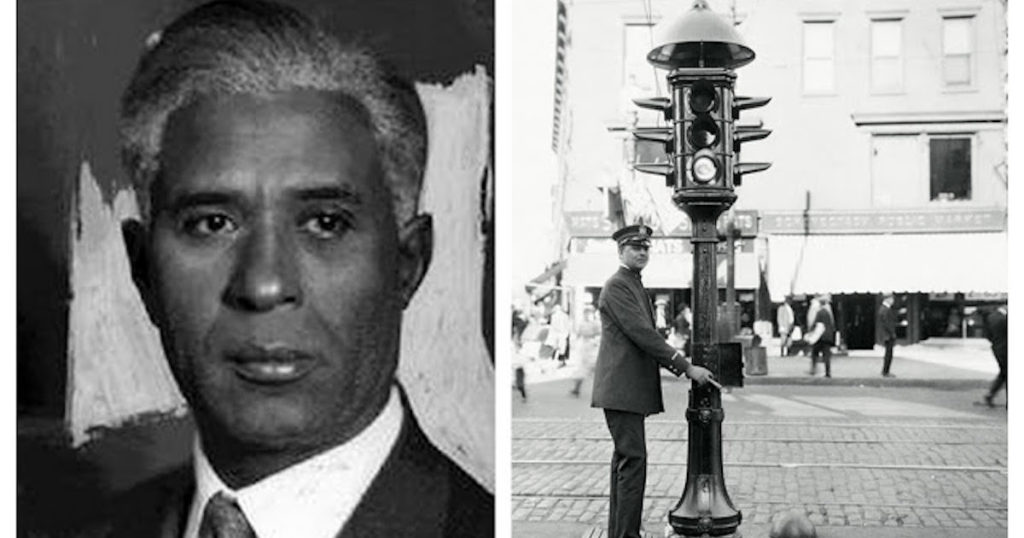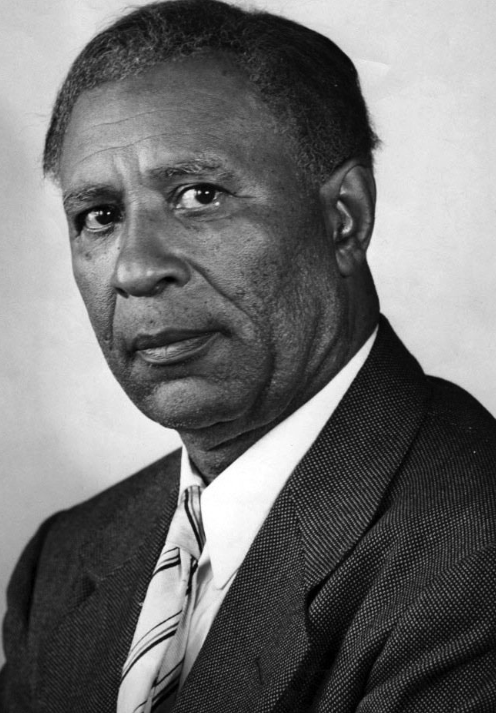
Hymen L. Lipman (1817-1893)
(FOXNEWS) – Philadelphia inventor Hymen L. Lipman rushed
heroically to the aid of mistake-prone schoolchildren, artists
and draftsmen everywhere when he secured the patent for the
pencil with eraser on this day in history, March 30, 1858.
"Be it known that I, Hymen L. Lipman, of Philadelphia, in the
county of Philadelphia and State of Pennsylvania, have
invented a new and useful Lead-Pencil and Eraser;" the
visionary wrote in his patent application.
"I make a lead-pencil in the usual manner, reserving about
one-fourth of the length, in which I make a groove of suitable
size … and insert in this groove a piece of prepared India
rubber (or other erasive substance) secured to said pencil
by being glued at one edge."
The eraser, he noted in his application, "is particularly valuable
for removing or erasing lines, figures, etc., and not subject to
be soiled or mislaid on the table or desk" — as if the purpose
of an eraser was unknown to mid-19th century consumers.

.jpg)
















.jpg)